Tesla delivered a shock this week when word leaked out CEO Elon Musk was effectively closing down several departments, including the one overseeing its Supercharger network. Set up in 2012, when the automaker launched its original Model S sedan, the charging system was meant to assure buyers they’d have a place to plug in. But with the Supercharger network now open to most competing EV manufacturers, the news has triggered concerns across the auto industry — and is leading Tesla rivals to put emphasis on the competing new Ionna charging network.
Hammered by declining sales and a 55% year-over-year decline in earnings for the first quarter, Tesla CEO Elon Musk has ordered sharp cost reductions which, among other things, will see several entire departments either completely eliminated or severely scaled back. That includes the automaker’s Supercharger network that had been run, until earlier this week, by Rebecca Tinucci.
The cutbacks have taken the auto industry by surprise generating a mix of confusion and concern. It comes at a critical moment, Tesla just beginning to open up the Supercharger network to owners of EVs produced by virtually all of its key competitors, from Audi to Volvo.
Speaking to Headlight.News on background as they wait to learn more details, sources at some of those other companies used words like “troubling,” “short-sighted,” “crazy” and “problematic” to describe any move that that could impact operations at the Supercharger network. “It’s difficult to see how this doesn’t cause disruption,” added Stephanie Brinley, principal auto analyst for S&P Global Mobility.
Separately, sources from several automakers speaking to Headlight.News on background said the Tesla cuts could trigger an expansion of Ionna, the rival charging network launched this year by a consortium of seven automotive manufacturers.
The back story
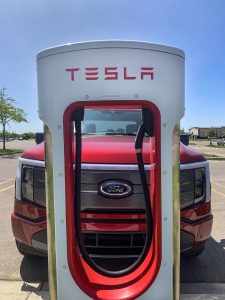
Ford was the first competitor to negotiate a deal with Tesla giving it access to the Supercharger network.
The Supercharger system is the largest single network of EV chargers in the U.S., and widely regarded as the most reliable. It was opened in 2012 to provide an easily accessible way for owners of Tesla products to keep their vehicles charged up. Significantly, Tesla made sure to space out those Superchargers even in so-called “charging deserts,” remote locations where other chargers are hard to find. Analysts like Sam Abuelsamid, of Guidehouse Insights, credit the Supercharger network for helping establish Tesla as the largest EV manufacturer in the world.
Until recently, the Tesla system was restricted to owners of its own products, such as the Models S, X, 3 and Y. But rival manufacturers have been pressing Tesla to offer access to those Superchargers. With financial incentives from the Biden administration’s EV program coming as further encouragement, the network now is being opened up.
Taking things a step further, virtually all automakers operating in the U.S. now have agreed to switch to Tesla’s North America Charging System, or NACS, plug standard.
Cutbacks
Since it released its weak first-quarter results, Tesla has signaled it will make substantial cost cuts, last month announcing it would eliminate 10% of its global workforce – which stood at 140,273 employees at the end of 2023. But it now appears to be going well beyond that. It has even eliminated its student intern program this year, according to several reports. Several senior executives announced their departures, including Daniel Baglino, one-time head of powertrain engineering.
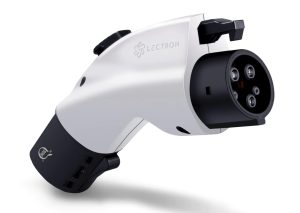
As part of the transition, automakers will migrate to Tesla’s NACS charger port. Current EV owners will need adapters like this one to plug into a Supercharger.
The biggest surprise, however, came on Monday when business news site The Information reported on an internal document ascribed to Tesla CEO Elon Musk that quoted him saying Tesla needed to go “hard core.” Among other things, the publication indicated, Musk ousted both Daniel Ho, who has headed the automaker’s new vehicles program, as well as Tinucci. He also indicated both of their departments would be closed down.
More EV News
- Polestar 5 Prototype Can Charge in 10 Minutes
- Major New Layoffs Rock Tesla
- Cadillac Likely Won’t be All-Electric by 2030
Supercharger network unplugged
While Tesla – which no longer operates a public relations department – has not responded to queries, the report appears to be on target. Officials at two auto companies contacted by Headlight.News said the closure of the Supercharger department was confirmed by team members who will be leaving Tesla. “Several of them asked if we would have jobs for them,” said one of those executives who spoke to Headlight.News on background.
Separately, the Wall Street Journal on Wednesday reported that “construction work at dozen Supercharger sites in Texas (has been) halted.” And negotiations involving future charging sites has been “left hanging” in New York.
Exactly what happens now is far from certain, though an official with one of the Detroit Big Three automakers told Headlight.News that it is scrambling to see how to respond to this potential “disruption.” Another official with an Asian automaker said he hopes the cuts were just one of Musk’s all-too-common “rants,” and that the Tesla CEO will backtrack. Indeed, he has been known to fire staff when angered, only to subsequently call them back after getting time to cool off.
That may be the case here. On Tuesday, Musk attempted to minimize concerns with a post on X, his social media site, writing that “Tesla still plans to grow the Supercharger network, just at a slower pace for new locations and more focus on 100% uptime and expansion of existing locations.”
What next?
Several of those who spoke on background said the apparent cutbacks at Tesla have generated a mix of concern and frustration. Manufacturers are well aware that public charging is an issue of serious concern to the motor buying public and one of the reasons why EV sales growth has slowed down. Carmakers such as Ford, Stellantis and Toyota agreed to partner with Tesla because of the size and reputation of the Supercharger network.
No one expects Tesla’s Supercharger network to shut down, but “We’re looking at all our options,” said one domestic manufacturer, noting this his company has already been working with other partners, including some national service station operators, to set up more chargers along key travel routes and in areas of the country with high EV sales.
Automakers look at alternative Ionna network
Another option under consideration, said one major foreign manufacturer would be to join Ionna. That’s the new charging company set up as a joint venture by a consortium of seven key automotive brands: BMW, General Motors, Honda, Hyundai, Kia, Mercedes-Benz and Stellantis. Ionna received formal government approval in February and will announce rollout plans later this year.
The partners previously said the goal is to have “at least” 30,000 DC fast chargers in operation by 2030. And they would be set up more like Supercharger stations. Where most non-Tesla locations currently have anywhere from one to six individual chargers, Ionna facilities will have anywhere from 10 to 20 “plugs.” That would limit the impact of a broken charger or heavy demand.
One question raised by Tesla’s latest cutbacks: might the Biden administration reduce the incentives offered to the automaker for opening up its Supercharger network, several sources asked. On the flip side, the administration might make more incentives available to Ionna or other charger companies. The administration set aside $5 billion from the 2021 federal infrastructure act for EV charging.
Anything that interferes with the operation – and growth – of the Supercharger network “strikes me as a stupid thing to do,” said analyst Abuelsamid. While the rollout of the network is a “costly proposition,” it not only differentiates Tesla from its emerging rivals but also promises to be a long-ter, profit center. “It could save money for Tesla now. But, in long-run it’s very short-sighted.”


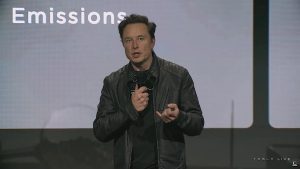
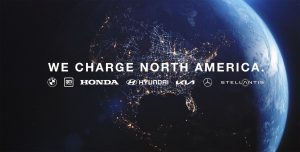
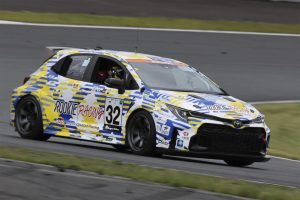
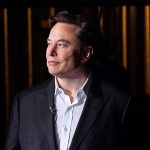
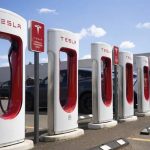
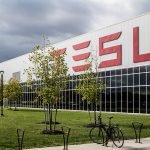
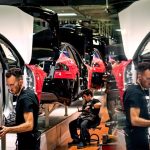
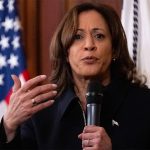

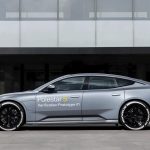
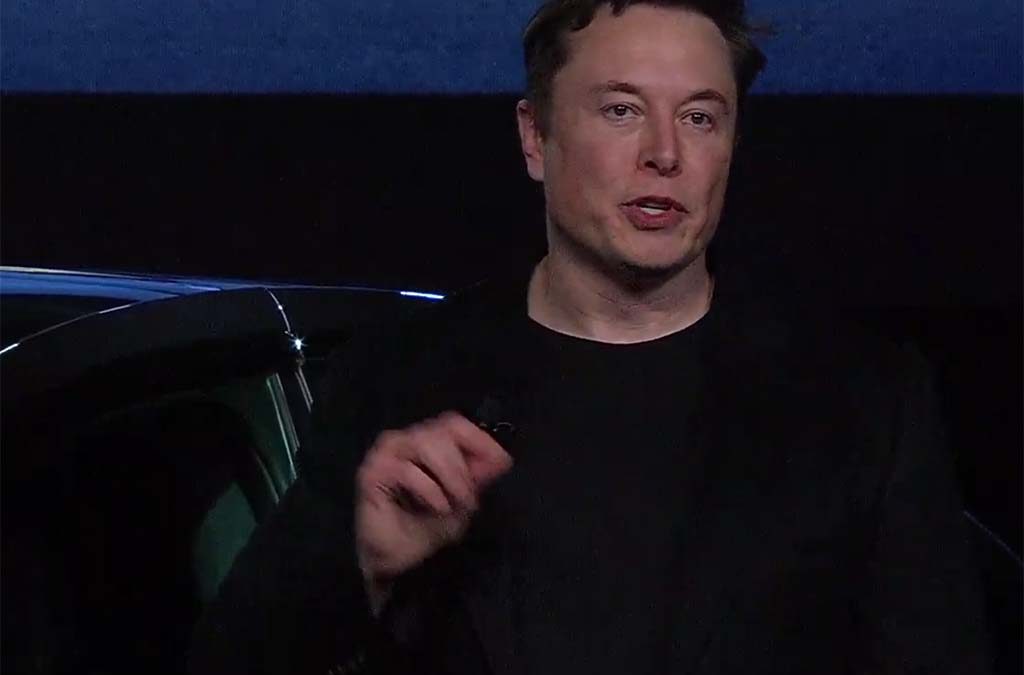

“Stupid” is the right word to describe this move. Superchargers are a major reason to consider a Tesla, especially since Musk has gone crazy while simultaneously made buying a Tesla about him. Also, getting rid of the new vehicles department? I guess that means the roadster and other promised vehicles are never coming out. I’m guessing the over/under on Tesla’s existence without new product is about 5 years.